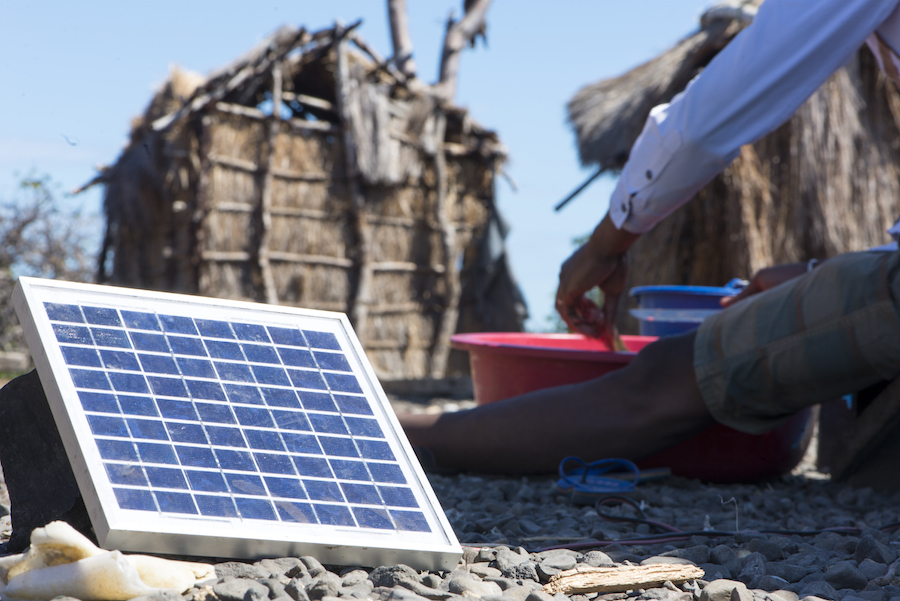Bringing Solar Power to Africa
In May of this year, the World Bank published its latest State of Electricity Access Report. In 2014, 1.06 billion people, or 15% of the global population, were without electricity. In sub-Saharan Africa, this figure was 62.5%, or 6 out of 10 people. They predict that one billion people across Africa could have electricity by 2040, but with the rate of population growth, a half billion people will still lack access.
Numerous companies are focused on changing this, however, by harnessing solar power and finding ways to make it more accessible and affordable. According to The New Yorker, venture capital is driving this push towards solar power, and bringing a number of pay-as-you-go options to the continent. Fenix International, PEGAfrica, and M-KOPA are a few examples of companies that are leading the way.
M-KOPA and Fenix International serve East Africa. They both offer basic systems that require an initial deposit, followed by monthly payments that lead to full ownership of the solar power systems. Both companies also offer options to build credit and qualify for other products and loans. M-KOPA, based out of Kenya, offers a package that includes the solar home lighting system and a TV, and if customers complete all of their payments on time they can “qualify for exciting products such as mobiles phones, jikos and water tanks.” Fenix International, based in Uganda, also offers the opportunity to build credit and receive upgrades, which include satellite TV and clean cookstoves, as well as health insurance and loans for school fees, agriculture, and home improvement.
PEGAfrica is lighting up Ghana and Côte d'Ivoire through a similar program with mobile pay-as-you-go, rent-to-own plans. They have also offered a unique program that provides health insurance to its customers, created to help customers to seek treatment for unexpected illnesses without losing all of their savings.
These and other companies are bringing solar power to households in urban and rural settings, and are also seeking other unique ways to help their customers improve their lives through insurance, loans, and other goods. The World Bank report stressed the importance of access to electricity in attaining development goals such as security, education, and economic independence. Solar powered electricity means less reliance on biofuels for cooking and heating, and more reliance on clean energy sources. Access to electricity means the ability to keep a phone charged in order to make payments via mobile money; for students to study and do homework at nighttime; for farmers to keep up to date on market prices and weather.
Electrification across sub-Saharan Africa means connecting communities with their neighbors, their governments, and the world. Creating a more interconnected world, and ensuring better means of communication across cultures and countries, is vital to national and global security. Solar power and electricity is just one way to achieve this interconnectedness, but it is perhaps the most important link in the chain.For more information on what is being done to build access to electricity in sub-Saharan Africa, visit the links below, and then let us know your thoughts on our Facebook page.
